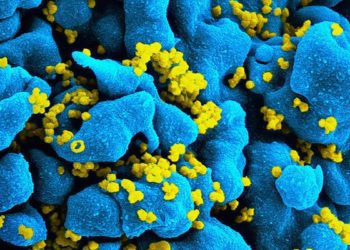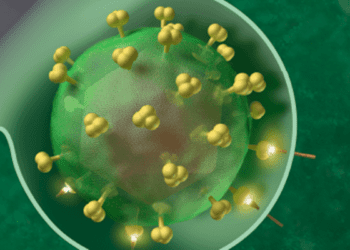Factors linked to viremia at delivery after pregnancy-initiated HAART
1. Race, education, parity, timing of therapy initiation, HIV diagnosis before pregnancy, treatment interruption and prenatal care were associated with detectable viremia in HIV-positive women who began highly active anti-retroviral therapy (HAART) during pregnancy.
Evidence Rating Level: 2 (Good)
Study Rundown: For HIV-positive pregnant women, a detectable plasma RNA viral load (VL) at delivery is a major risk factor for transmission from mother to child. Eliminating this VL with highly active anti-retroviral therapy (HAART) regimens has been challenging, thus, the goal of this observational study was to examine what factors were linked to it. Pretreatment factors found to have statistically significant associations with detectable maternal VL at delivery were multiparity, black non-Hispanic ethnicity, education at or below 11th grade, beginning HAART in third trimester, beginning prenatal care later in the pregnancy, having an interruption in treatment and being diagnosed with HIV before the pregnancy. Those who began HAART in third trimester were more likely to be black, diagnosed with HIV later and have lower pretreatment VL. Treatment interruptions, but not changes in regimen, were linked to detectable VL at delivery. This study was limited by the lack of pretreatment VL data in nearly one-third of the women and the potential bias associated with the self-reported adherence data. Overall, these results may allow for better identification of HIV-positive, pregnant women at higher risk for detectable viremia at delivery.
Click to read the study today in the Annals of Internal Medicine
Relevant Reading: Effects of Highly Active Antiretroviral Therapy Duration and Regimen on Risk for Mother-to-Child Transmission of HIV in Johannesburg, South Africa
In-Depth [cohort study]: This cohort study included 671 women from 67 U.S. clinical sites who were naïve to anti-retroviral therapy prior to pregnancy and began HAART during their pregnancy. The study endpoint was detectable VL, defined as >400 copies/mL, at delivery. Most participants (88.1%) had detectable VL before HAART, only 7.3% had pretreatment VL >10,000 copies/mL and 13.1% of mothers had detectable viremia at delivery. The significant factors associated with detectable VL included multiparity (16.4% vs. 8.0%; p=0.002), black ethnicity (17.6% vs. 6.6% Hispanic and 6.6% white; p<0.001), 11th grade education or less (17.6% vs.12.1% high school diploma; p=0.013), initiation of HAART in the third trimester (23.9% vs. 12.3% and 8.6% in second and trimesters, respectively; p=0.003). The single confirmed case of transmission in this cohort was in a mother who had detectable VL at delivery and had missed HAART in the 2 weeks before delivery. Six women (0.9%) withdrew from the study, 137 (20.4%) changed regimens during pregnancy, and 39 (5.8%) had a treatment interruption of at least 1 day (median 12 days).
More from this author: Socioeconomically disadvantaged neighborhoods linked to increased rehospitalization rates, USPSTF review supports ambulatory blood pressure monitoring, Multidrug induction therapy increases remission from lupus nephritis, Sofosbuvir plus ledipasvir may be effective in chronic HCV after viral relapse, Clinicians frequently unaware of the presence of central venous catheters
Image: CC/Inferis
©2015 2 Minute Medicine, Inc. All rights reserved. No works may be reproduced without expressed written consent from 2 Minute Medicine, Inc. No article should be construed as medical advice and is not intended as such by the authors, editors, staff or by 2 Minute Medicine, Inc.





![Teixobactin appears to avoid bacteria resistance [PreClinical]](https://www.2minutemedicine.com/wp-content/uploads/2015/01/18170_lores-75x75.jpg)

